Advantages of Utilizing Rubber Processing Techniques for Global Trade
The global rubber market has witnessed substantial growth, with projections estimating it to reach a value of approximately $20 billion by 2025, driven by increasing demand from automotive, footwear, and various industrial sectors. As the world becomes more interconnected through trade, the efficiency and innovation in Rubber Processing techniques have become essential. These advanced methods not only enhance the quality and sustainability of rubber products but also significantly reduce production costs and lead times, making them a valuable asset in today's competitive marketplace.
Moreover, industry reports indicate that the adoption of modern Rubber Processing technologies can increase production efficiency by up to 30%, while also minimizing waste. The integration of such techniques allows manufacturers to meet the rising global demand for high-performance rubber materials, particularly in rapidly growing economies. As companies strive to optimize their supply chains and ensure compliance with environmental regulations, leveraging advanced Rubber Processing methods is becoming not just an option but a necessity for businesses aiming to thrive in the global trade landscape.
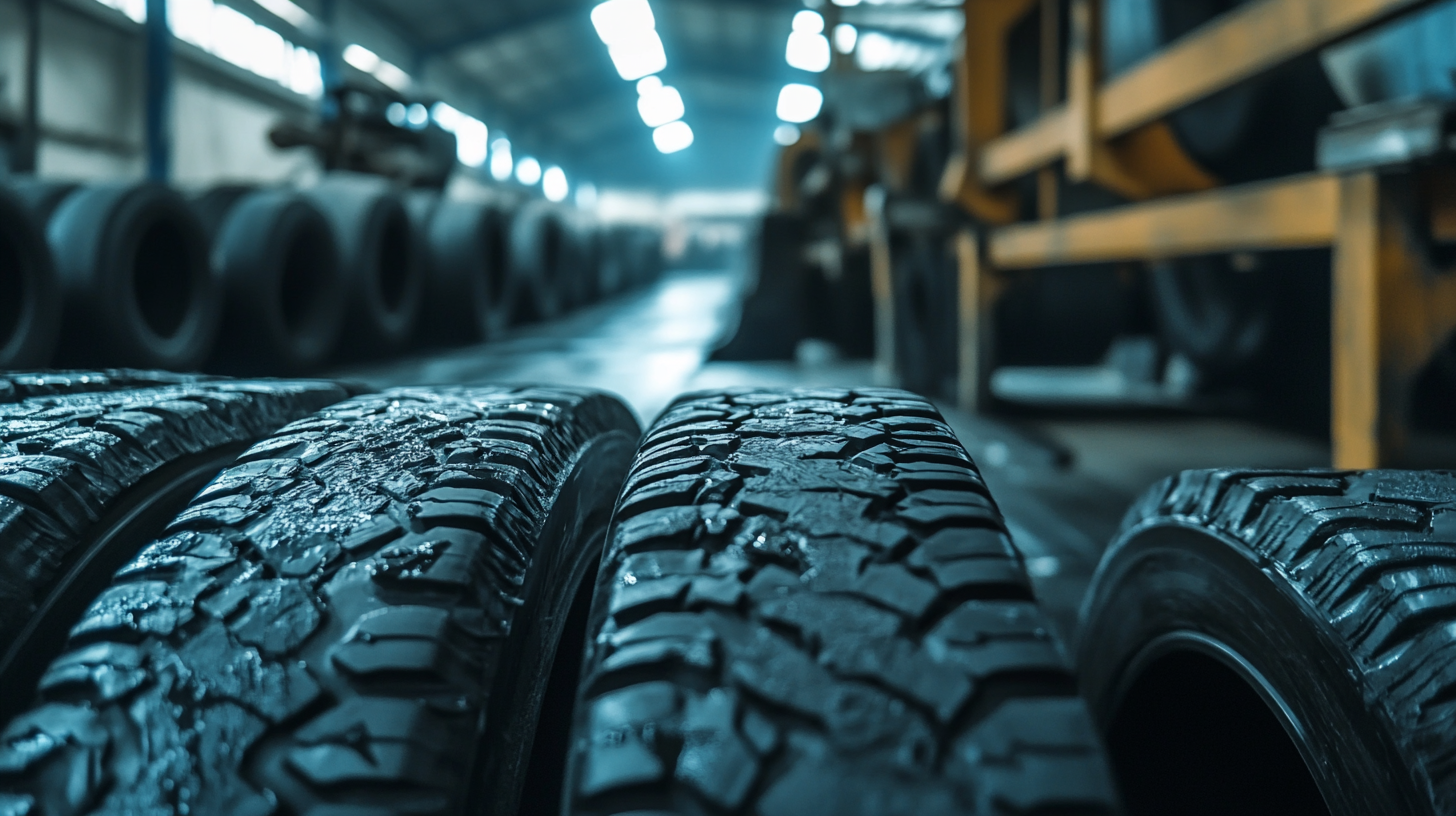
Enhanced Efficiency in Rubber Processing for Trade
Rubber processing techniques have become increasingly essential in enhancing efficiency in trade, particularly in countries like Vietnam, which recently experienced a remarkable 18% surge in rubber export value, reaching $3.4 billion in 2024. This growth is attributed to high global demand, even with a 6% reduction in export volume. Improved rubber processing methods contribute significantly to maintaining quality while maximizing output, ultimately bolstering a country's competitive advantage in the global market. In 2025, Vietnam's rubber industry is projected to expand further, driven by rising prices and increased production capabilities. The adoption of advanced rubber processing technologies not only streamlines operations but also minimizes waste, aligning with sustainable practices in production. Industry reports indicate that optimizing manufacturing processes can lead to a reduction in environmental impact, crucial as consumer preference shifts toward sustainable products. As countries like India also solidify their roles in global trade, the emphasis on efficient processing techniques is paramount. The integration of such technologies allows for quicker turnaround times and higher-quality exports, making rubber a pivotal trade commodity. Countries that invest in state-of-the-art processing facilities are well-positioned to capitalize on the evolving market demands, enhancing their export potential and contributing to overall economic growth.
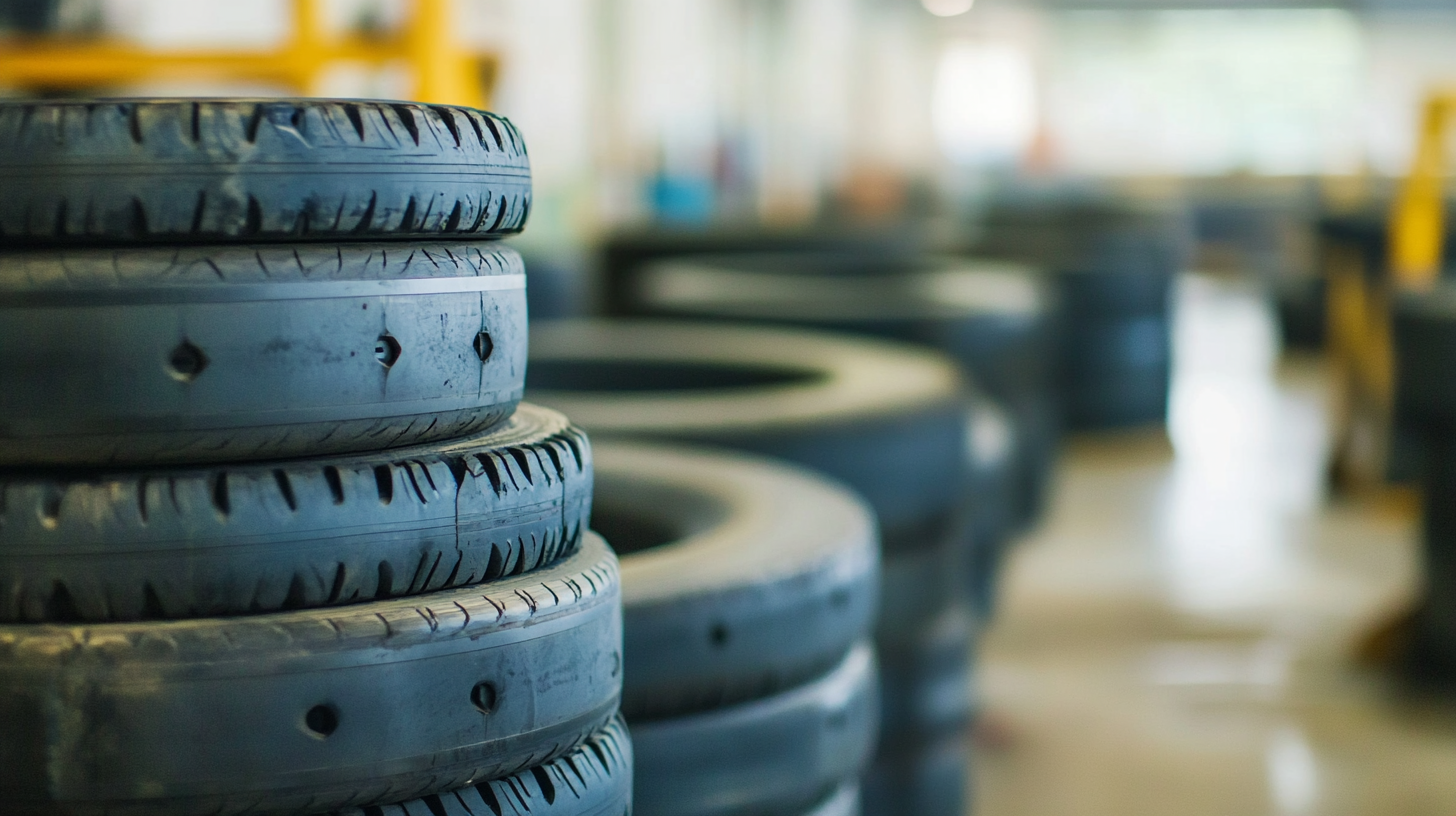
Sustainability Benefits of Rubber Processing Techniques
The sustainability benefits of rubber processing techniques are becoming increasingly significant as global trade evolves. As the demand for eco-friendly products rises, the rubber industry is stepping up to the challenge by adopting innovative processing methods that align with sustainable practices. According to a report by the Global Rubber Conference, the incorporation of green technologies in rubber processing can reduce energy consumption by up to 30%, showcasing the industry's commitment to minimizing its ecological footprint.
One of the most compelling sustainability advantages is the development of bio-based rubber processing techniques. These methods utilize renewable resources, such as natural rubber sourced from sustainable plantations, thus decreasing reliance on synthetic alternatives that often involve harmful petrochemicals. The United Nations Environment Programme indicates that transitioning to sustainable rubber production can lead to a 40% reduction in greenhouse gas emissions, which is crucial in the fight against climate change.
Furthermore, efficient rubber processing not only leads to lower waste production but also facilitates recycling initiatives. The Recycling and Recovery of Rubber report highlights that reprocessed rubber can significantly diminish landfill contributions, helping to protect biodiversity and reduce pollution. By enhancing the recycling processes within the rubber industry, manufacturers can contribute to a circular economy, where materials are kept in use for as long as possible, reinforcing sustainability throughout the global trade network.
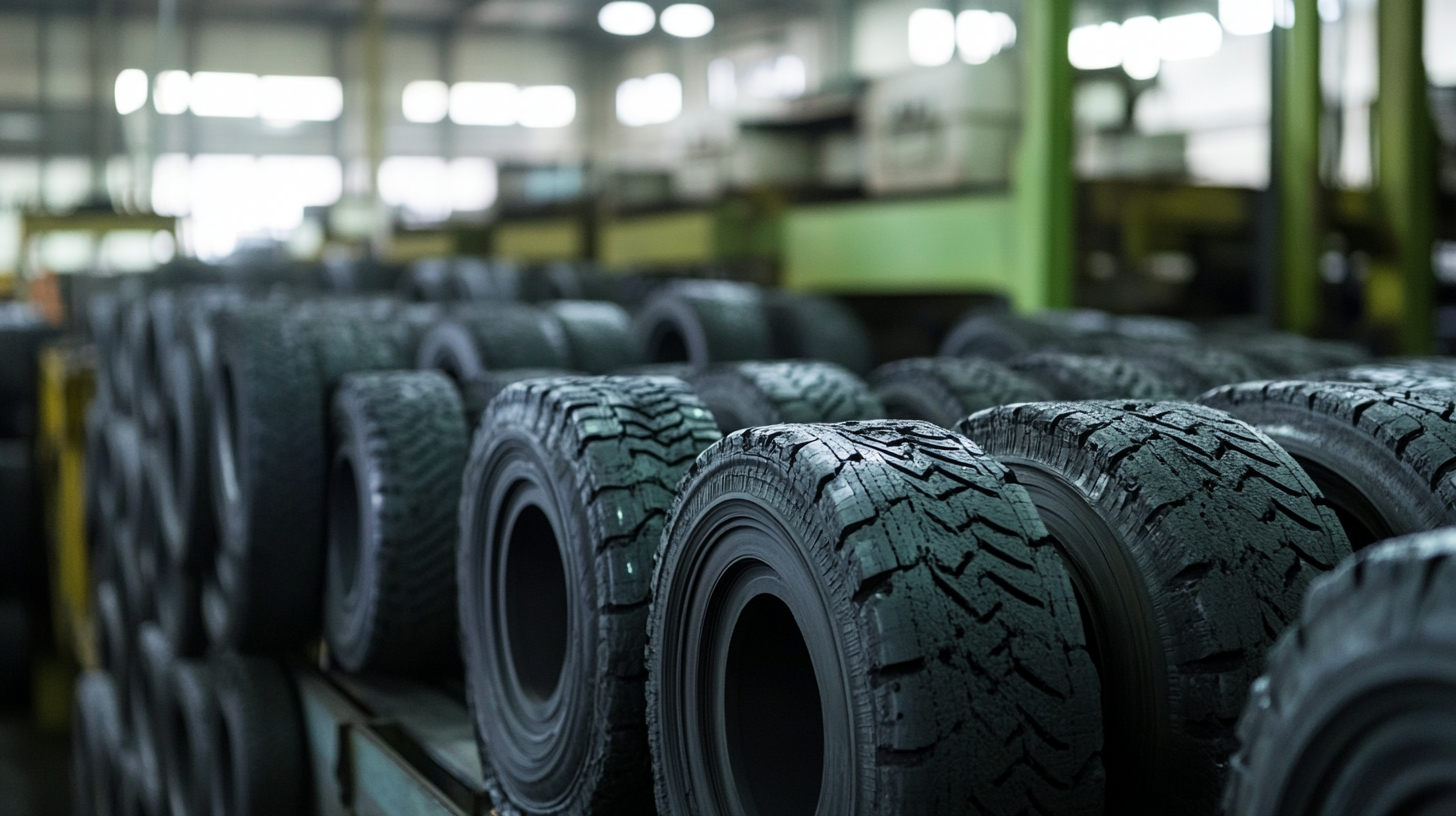
Global Market Reach Through Advanced Rubber Processing
The global rubber compound market is on the rise, projected to reach a staggering USD 20.4 billion by 2033, growing at a compound annual growth rate (CAGR) of 6.5%. This growth is primarily driven by advancements in rubber processing techniques and increased demand from various industries. The enhanced processing capabilities allow manufacturers to produce high-quality rubber products that cater to diverse global markets, ultimately expanding their reach and competitiveness.
With the rubber processing industry evolving, businesses can now leverage cutting-edge technologies that not only improve product quality but also streamline production processes. This results in a significant reduction in costs and time, offering companies a distinct advantage in the global marketplace. As the specialty chemicals market is expected to reach USD 1,244.13 billion by 2032, the synergy between rubber processing and specialty chemicals is likely to foster innovation, providing further opportunities for growth and collaboration across sectors.
Moreover, the integration of sustainable practices in rubber processing is becoming more prominent, aligning with global trends toward environmental responsibility. This not only helps companies meet regulatory requirements but also enhances brand reputation and consumer loyalty. By prioritizing advanced rubber processing techniques, businesses can effectively tap into new markets and ultimately contribute to a more interconnected and thriving global trade landscape.
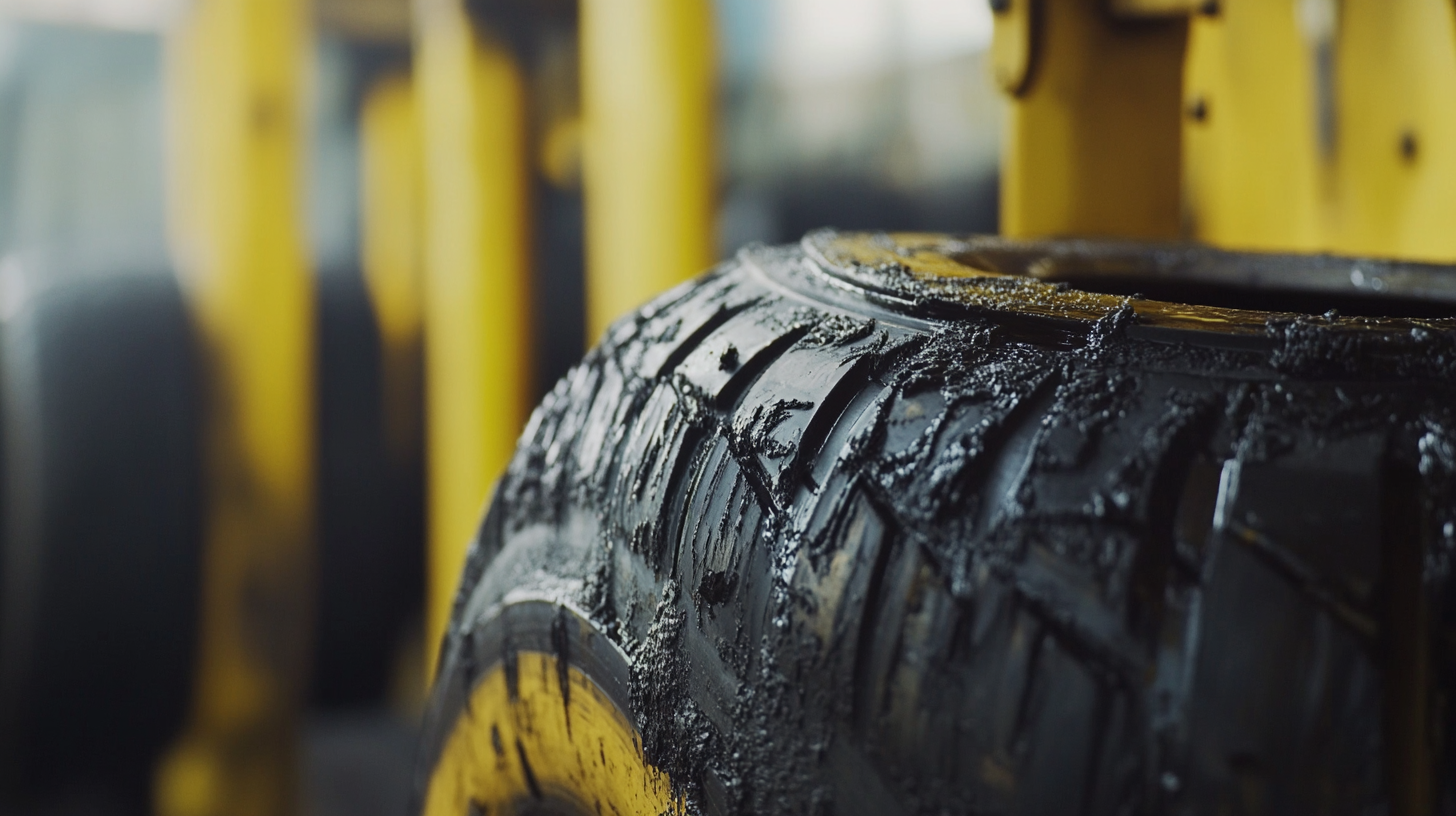
Reduction of Costs and Waste in Rubber Production
The rubber industry faces numerous challenges, including rising production costs and increased waste generation. However, the adoption of advanced rubber processing techniques offers a viable solution to these pressing issues. By optimizing production methods, manufacturers can significantly reduce both costs and waste, ultimately enhancing their competitiveness in the global market.
One of the key advantages of modern rubber processing techniques is their ability to streamline production workflows. Automation and sophisticated machinery allow for more precise control over the manufacturing process. This precision not only ensures higher-quality products but also minimizes material waste. Techniques such as continuous mixing and precise material handling can lead to a drastic reduction in off-spec output, significantly lowering the overall production costs.
Additionally, innovative recycling methods are revolutionizing how rubber is processed and reused. By incorporating scrap rubber and other by-products back into the production cycle, manufacturers can cut down on raw material costs while simultaneously reducing the environmental impact. These recycling techniques not only conserve valuable resources but also align with the increasing demand for sustainable practices within the industry. As companies embrace these processing advancements, they not only support their bottom line but also contribute to a more sustainable and waste-conscious global trade environment.
Innovations Driving Rubber Processing in Global Trade
Innovations in rubber processing techniques are becoming pivotal in driving global trade, particularly in the face of current challenges in innovation, productivity, and competitiveness. As the global rubber process oil market is projected to grow significantly, reaching an estimated USD 2.19 billion in 2023, companies are increasingly turning to advanced processing technologies that enhance efficiency and sustainability. Notably, innovations such as the Rubber Recovery Process introduced by the Rubber Research Institute of India (RRII) are set to revolutionize the industry, showcasing how creative solutions can lead to higher yields and reduced waste.
Regionally, industrial advancements are unfolding as well. For instance, the Southeast region's steady growth is propelled by a shift towards high-tech industries. This alignment with sustainable practices helps companies meet rising environmental standards while boosting productivity. As the chemical industry gears up for 2025, the emphasis on innovations that prioritize sustainability and resilience is expected to enhance overall operational efficiency, fostering a more robust international market presence.
These transformative techniques in rubber processing not only aid in improving the quality of products but also support a larger narrative of sustainable development within global trade. By investing in such innovations, businesses position themselves to meet growing consumer demand for environmentally responsible production methods while capitalizing on new market opportunities. The integration of cutting-edge technologies, therefore, stands as a key driver for enhancing competitiveness on the global stage.
